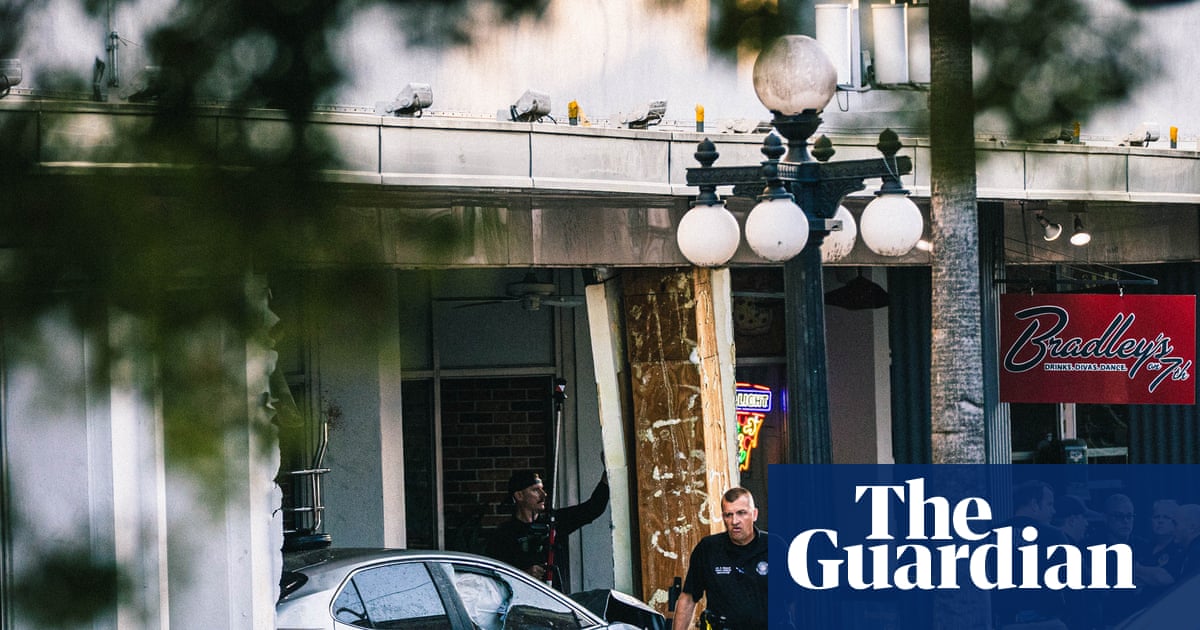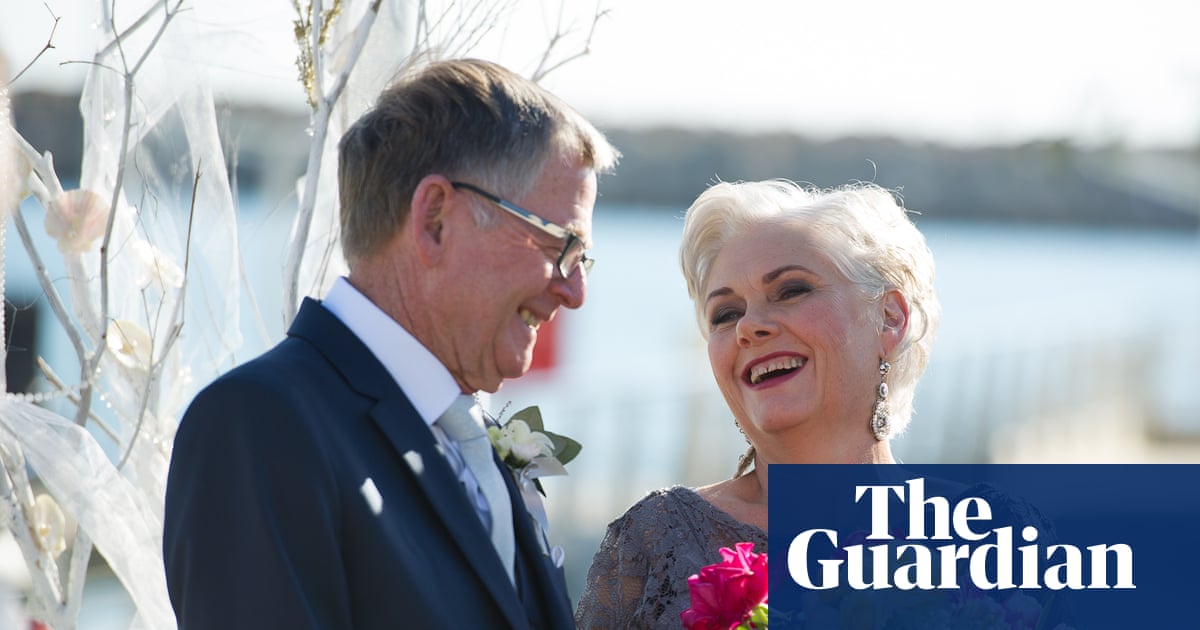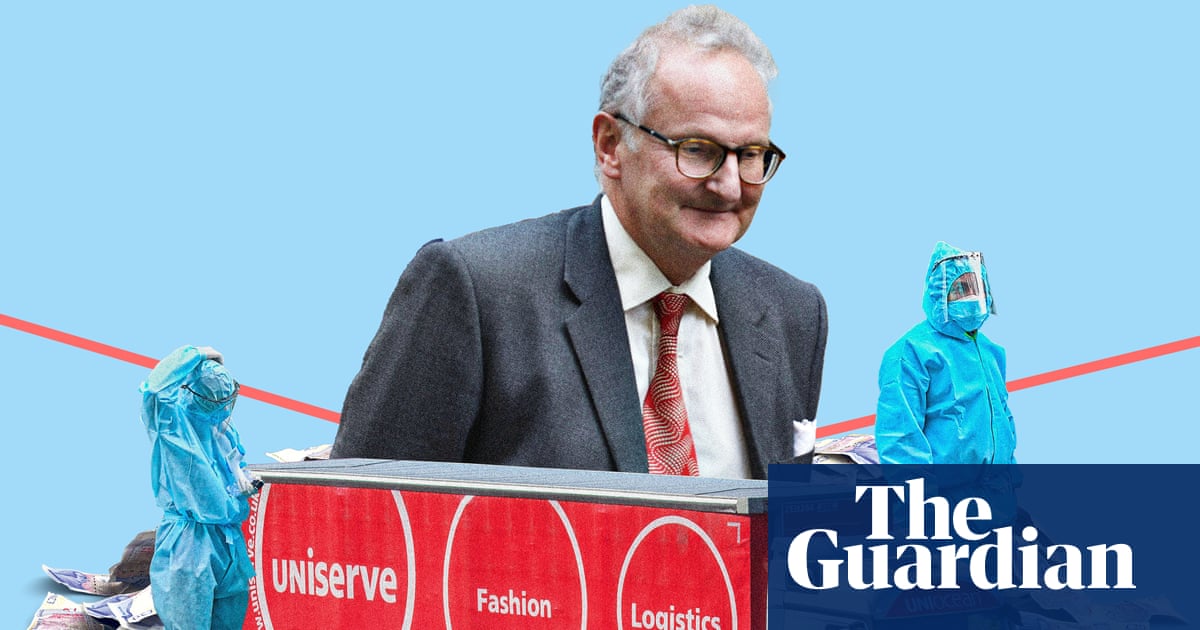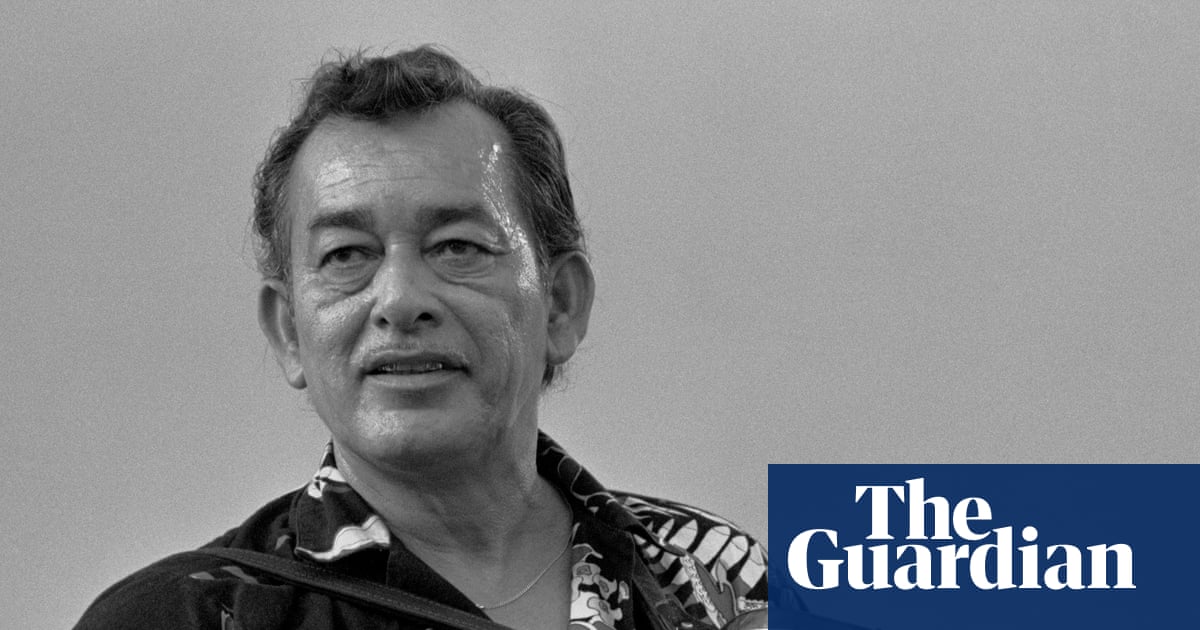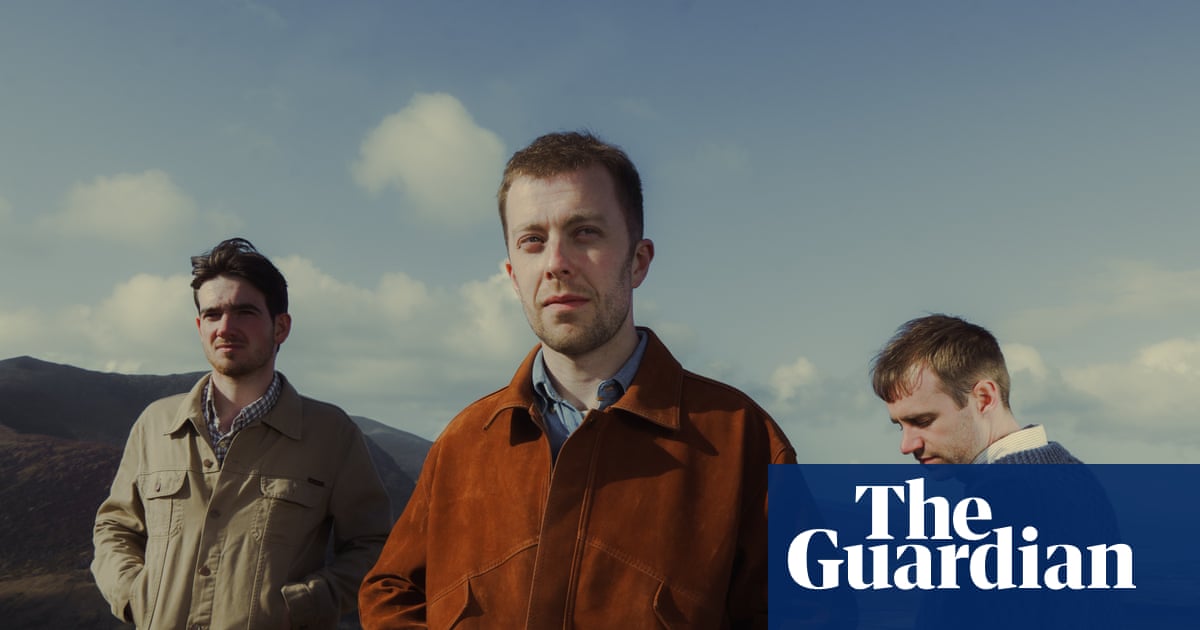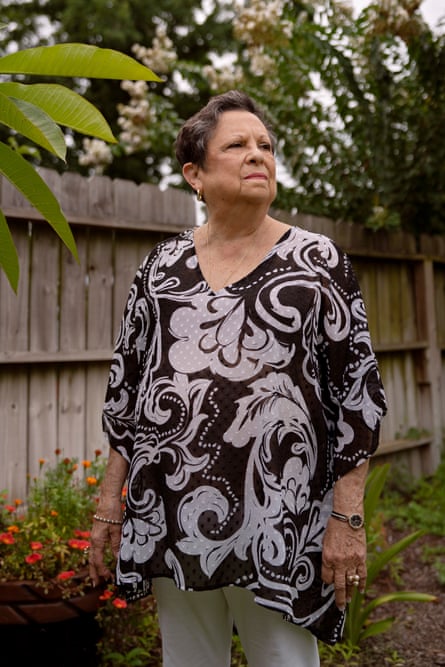
I can remember many things about the afternoon I told Betsy that she had stage IV lung cancer.
I can still see how the single ray of sunshine from the skylight in the atrium behind us entered the crack between the curtains in her hospital room, shooting right through the crystalline IV bag hanging from the pole next to her, turning it into a depressing sort of disco ball.
I can still hear the sardonic laugh we shared about the unwieldy chest tube emerging from between her ribs that was slowly re-inflating her lung after a biopsy had caused it to partially collapse.
But, as her oncologist, what I remember most clearly was her outward equanimity about it all. She was 72 years old, divorced, fierce and sarcastic. She’d later tell me how caring for her mother as she’d slowly declined with chronic obstructive pulmonary disease had put her “firmly in the quality over quantity camp”.
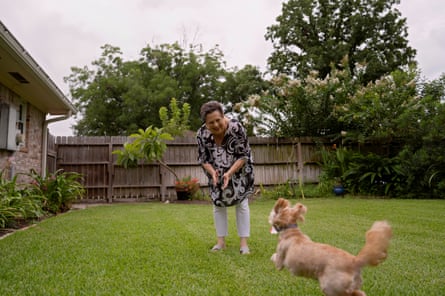
She had already been treated for breast cancer, having gone through surgery, radiation and hormonal therapies some years before. She knew very well the promises and limitations of modern oncology, and that each path had its costs. Hard-earned experience meant she harbored few illusions about any of it.
I went over the PET scan she’d had prior to her admission to the hospital. Masses in both lungs.
“We know what that means,” she said, pursing her lips.
My job was to provide information, I thought then. Her job would be deciding what we did with it.
“Well, yes, I don’t think we’re looking at something that’s curable.”
Betsy would later tell me that while she wouldn’t call herself a control freak, she felt driven by a deep need to remain in control of her own circumstances.
We would spend the next two years figuring out what that meant.
Two weeks later, we went over the biopsy results in my outpatient office. The pathologist had finalized a diagnosis of lung adenocarcinoma; subsequent testing had shown that her tumor harbored a significant level of PDL1 expression.
“And what does that mean?”
“It means it would be reasonable to treat you with immunotherapy alone”, I said, explaining that we could use a drug called pembrolizumab to better allow her own immune system to find and kill the cancer cells inside of her body. “We don’t have to start with any chemotherapy.”
“Good, because I’m never going to do any chemotherapy.”
I nodded, though I’d heard these declarations before from dozens of other patients. But when the scans showed progression, and the progression was causing pain, and the prospect of one’s death loomed ever closer, red lines drawn in the light of better health suddenly didn’t seem so final.
“Sure, we can talk about that when we get there.” I instinctively recoiled from challenging my patients’ values. This was what it meant to give our patients autonomy, I thought.
]She didn’t say anything, but the look in her eyes told me what I needed to know.
I’d later asked how her previous experience getting treated for breast cancer informed her approach to this new diagnosis, how she’d come into it with a rare clarity on what she would and would not accept.
“The only negative that stuck with me from breast cancer was never to get married again, because my husband was not supportive.”
We laughed.
“You know, people say, ‘Oh, they fought and fought and fought,’ and I don’t know that I agree with that. I don’t ever want to be kept alive. I don’t ever want my life to be one day of suffering and fighting after another. I don’t want that.”
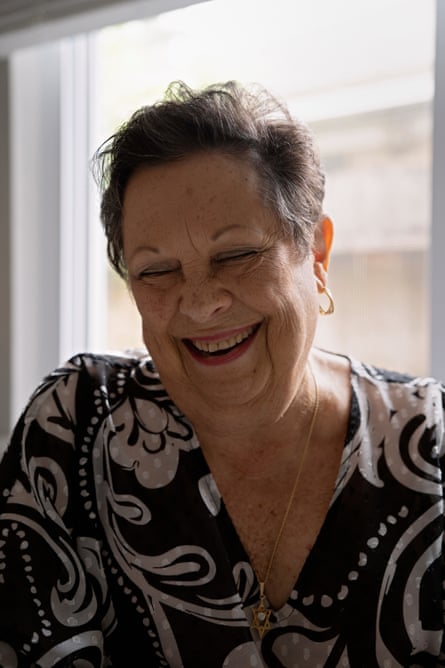
I could appreciate that. I agreed it wasn’t true that the only sane response to lived experience was more of it. But I also thought chemotherapy occupied an unfair place in the popular imagination. Sometimes, the pain, weight loss and weakness that patients and families blamed on paclitaxel or oxaliplatin were just as much caused by the cancer itself. And often, in the grieving imagination of those left behind, a death from cancer gradually became a death from the treatment.
Still, there was no denying the toll taken by the indefinite treatments we recommended to patients with incurable cancers.
“My next door neighbor was about 10 years younger than I am and she was diagnosed with pancreatic cancer. At the same time, my uncle by marriage was diagnosed with a glioblastoma. I was diagnosed with breast cancer. It was like, ‘Don’t drink the water where we are, you know?’”. She paused until I got the joke.
“I watched both of them, my uncle and my dear friend go from treatment to treatment to treatment. Never, quote, “giving up” and being pushed by their families to continue treatment. And I thought it was very inhumane. If you’re going to extend somebody’s life by a week and a half or six months, and those six months are going to be hell, I’m not going to sign up for them.”
A 2016 study had led to pembrolizumab’s approval for a subset of people with advanced lung cancer. Nearly half of the patients in the trial responded to that drug alone without the use of chemotherapy. And, in a disease where survival is often measured in months, nearly a third were still alive five years later. On average, the patients in the trial lived about two years – a meaningful gain for those who might live only a few months without treatment.
I talked about this data with Betsy and her family before she eventually agreed to undergo therapy. She later told me she appreciated that I’d been honest and open about the numbers, that she’d had a good idea from the beginning of how long the treatment would be effective.
Growing up, Betsy’s family called her Big Momma - “and it wasn’t a compliment…it was basically implied that I was bossy or needed to have things done my way”. That baseline need was further sharpened by her mother’s exacting standards and the subsequent responsibilities she took on caring for her brother, who suffered from severe mental illness. It further solidified, years later, when she had to find ways to make ends meet as a single mother.
In an important way, her fastidiousness was rooted in the knowledge that so much depended on her doing things right the first time. As the decades passed, friends and family learned she could be counted on to help them navigate complicated medical decisions like choosing a nursing home or arranging a home health aide. Now, she’d draw on that energy to get through her own cancer treatment.
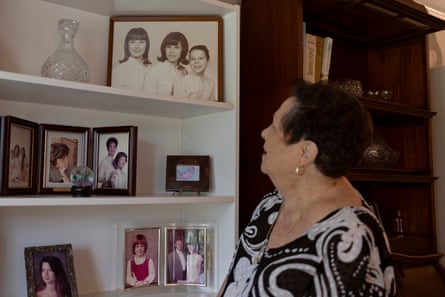
Over her first few months on pembrolizumab, her chest and back were slowly covered with a fine red rash that itched like hell – a condition called immune dermatitis, which resulted from the same T-cells that were being activated to fight the patient’s cancer mistakenly targeting their skin. The itching went from a mild annoyance to an around-the-clock obsession that made sleep impossible. Betsy herself described her years-long experience with it as “almost torture”.
We recommended plastic jars full of steroid creams, metal tubes of steroid ointments and soothing lotions of varying potency. We also tried an assortment of antihistamines without much success. Poring over case reports online, I found some data to support the prescription of gabapentin – a medication typically used to treat diabetic neuropathy – for her itching. That helped a little.
She was also getting more and more fatigued. She still worked from home part-time, but she’d finish for the day and collapse on her couch, sleeping for hours at a time. We checked her thyroid and cortisol levels, both of which are commonly affected by immunotherapy. Both normal. We checked her blood counts. Nearly normal. I couldn’t find anything to fix. We were prisoners of the measurable. I was left recommending her to sleep as much as she could and do only as much as her body allowed.
Yet despite all of the negatives, the treatment was also clearly working to control her cancer’s growth.
I can recall the feeling of anxious anticipation when I got the message that the results of her first scan were ready. It echoed what I’d felt in high school when I’d gotten a large envelope in the mail from a college I’d applied to – a fragile expectation that contained within it an implicit admonition not to get my hopes up.
I took a deep breath and clicked on the result. Her cancer was shrinking. The response continued at six months out. It continued at 12 months.
It was difficult to live like that, from scan to scan. Not many are equipped to handle that kind of sustained uncertainty. Betsy seemed to be doing well enough with it, though. At least that’s what she let me see.
We felt it was worth it to continue. For now.
“I am very good at weighing pluses and minuses,” she told me, “but my pluses and minuses can be very different than someone else’s.” I wondered how long this new equilibrium could last.
In the first two years after we diagnosed Betsy’s cancer, I wrote 33 progress notes in her chart. That meant I saw her 33 times, an average of aboutp once every three weeks.
We developed a strange kind of intimacy. I didn’t know where she grew up, what her house looked like, what her favorite movie was. Yet, I’d seen into her lungs. I knew why she couldn’t sleep. I had data that told me how long she might live.
I was witnessing her facing death. I knew in a very real way what she was about.
That vulnerability went only one way, however. Though Betsy and my other patients got to know me, I was able to hide behind the dry-cleaned fabric of my white coat and the emotional remove of my role as doctor. That was how I had been taught to be. My patients didn’t need to know about my hangovers, my heartbreaks. They didn’t need to know, I told myself, what treatments I’d recommend to my own family members.
Yet I still think Betsy learned enough about what I was about to stick around. I wasn’t as hidden as I thought. There were plenty of oncologists in our city. For a patient to stay with me was a choice, the implications of which I never took lightly. Our relationship was about more than five year overall survival numbers and maintaining adequate kidney function.
To be the doctor she needed, I knew I’d have to find a way to keep giving her more.
In the spring following Betsy’s diagnosis, she was admitted to the hospital with bacterial pneumonia. The cough lingered for weeks, though she eventually recovered enough to make a trip to Colorado.
A few months later, she suffered a viral upper respiratory tract infection that was soon complicated by another bacterial pneumonia. Her scans became more difficult to interpret, the smoothly outlined opacities of her cancer now superimposed with the ground glass caused by repeated infections. PET-CT scans showed more metabolic activity in the lungs as well, but it wasn’t clear whether this was a sign of growing cancer cells or an immune system struggling to fight off multiple infections.
We spent long visits talking about the implications of those hard-to-parse scans, poring over measurements of size, of metabolic activity. I tried to provide reasonable explanations for any increases, explanations that didn’t involve a growing resistance to the therapy that had been so successful for over a year. I wanted to take what I knew about her case to tell a story that was reassuring. I couldn’t adhere any longer to some imagined ideal of impartiality at odds with what I understood it meant to care for another person.
I remember one such visit particularly well, a little over a year into therapy. The scan we’d done before the appointment showed new findings in both breasts. This was not an area that lung cancer was known for going, I told her. We couldn’t explain this away.

She was unmoved. “I’ve had that right breast biopsied a few times since I was treated for the breast cancer way back when.”
“Still, I’d like you to go see the breast surgeon. Get it checked out. There’s a small spot on the PET scan in the left breast too, even though we can’t feel anything there.” She went under protest.
A few weeks later, after talking Betsy into another biopsy, the surgeon called me. It was a small cancer on the left side.
My colleagues and I discussed her case with all the relevant specialists, and we shared our recommendations with her. She didn’t want to have surgery and she didn’t want to risk an anti-estrogen medication. What was the point of being aggressive with treating the breast cancer at all, she wondered, given that it was more likely that lung cancer would threaten her life first?
Even the medicine sounded like too much. She’d taken it for five years following her first breast cancer diagnosis nearly a decade ago, and it had made her so tired. The pembrolizumab was making her tired enough.
We agreed – we would watch it. We’d act not to control the cancer, but to control what we would and would not do about it. The decision had emerged from Betsy’s own history with breast cancer and its treatments. She knew in a very real way what each option would cost her.
“So what’s going on with my lung cancer, anyway?” Even a change of subject couldn’t get us any real relief.
One scan pointed to it looking worse, another better. I squinted at the pixels on the screen. Maybe if I looked hard enough, I thought, I could see what was going on inside of those inscrutable cells. It was like staring into the sun.
“I’d have to say things are relatively stable. We’ve been seeing small changes in both ways over the last year. Nothing conclusive.”
An exhale. A shift in gravity and light. “I don’t know how long I can keep doing this.” Bone-deep exhaustion. The rash and itching that kept her up at night. Nothing I’d tried had worked. She kept refusing oral steroids — the big gun — because prednisone spiked her anxiety and wrecked what little sleep she got.
I could see what was coming. And while I could no longer confine myself to a dry recounting of the facts, I didn’t know what else I could say to change Betsy’s mind.
What did it mean to fight? Wasn’t it more important to ask what we were fighting for?
August in Houston. A hot, hot afternoon. The humid air so heavy it could be cut into blocks and stored.
That day, nearly two years into her treatment, Betsy told me she couldn’t work any longer, couldn’t do anything after noon but nap and lie on her couch.
When I think about that appointment now, nearly a year later, it seems delusional that I tried so desperately to convince her to change her mind after she went on to tell me she didn’t want any more infusions.
But I was motivated, I think, by a need to move beyond a dispassionate recitation of facts and options. I wanted to help her make a choice that was consistent with what mattered most to her, especially if it wasn’t obvious at first.
It was a transition that Drs Linda and Ezekiel Emanuel had written about in a landmark 1992 examination of the doctor-patient relationship they’d published in the Journal of the American Medical Association, describing how clinicians might move from a purely informative mode to what they termed a deliberative one. But I didn’t know any of that then. I just wanted her to leave my clinic without any regrets.
So I tried to talk her out of her decision. She wasn’t in the hospital, after all. She’d just traveled across the country for her step-daughter’s wedding. She was living alone and independently in her own home. Her last scans showed that the cancer wasn’t growing.
The patients in the trial had each received three years of Keytruda, and she’d be stopping short of two.
Would she take a break from treatment and restart in a few months when she was feeling better, I asked.
No.
Would she take a break and consider chemotherapy?
Also no.
Her daughter Lindsey later told me that she had made the decision to stop therapy with the firm expectation that the end of her life would soon follow. She’d lived with a sense of fatalism since her breast cancer diagnosis; both of her parents hadn’t made it to their 80s. She’d helped so many navigate their final weeks and months, and the knowledge of death’s inevitability was never far from her mind.
Her sister Leslie shared with me that she also had a sense that the treatment had bought her enough time to get her affairs in order. Now that she knew she’d done all she could to make sure her children would be taken care of financially, she felt she could let go.
When, against her expectations, she made it to fall, she planned for Thanksgiving to be her grand goodbye. Family from across the country flew to Houston to be with her, and everything was arranged just so. But then she made it to Hanukkah, then New Year’s. She continued to feel well enough; she was still working; the scans showed no growth.
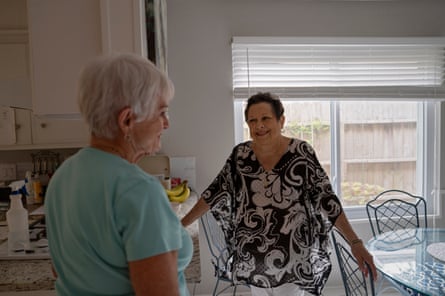
Lindsey tried to remind her mother about how the data showed that a small fraction of patients had made it to five years with something like the therapy she’d gotten. “She goes back and forth between being very fatalistic, like where I’m dying imminently… to ‘I’m not that bad, back off, you’re not my mother’”.
She’d crested the hill, taken her hands off the handlebars, entrusted herself to what fate had in store. Her final act of control was to relinquish it. Maybe she thought it was the choice that would best ensure the kind of death she wanted.
But when February rolled around and she was still going strong, Lindsey had to finally ask, “OK, we need to start talking about your birthday. We’re running out of time. Do you want this party or not?”
On an unseasonably cool May afternoon, I joined Betsy’s family and friends to celebrate her 75th birthday in her backyard, where we shared memories over lemonade and fajitas.
When we’d stopped the pembrolizumab nine months before, none of us had known if this celebration was in the cards. Now, we sat together, watching the sun set over the neatly manicured flower beds and the precisely arranged folding tables. Drinks were arrayed on the side-board in the dining room, and trays of tortillas lay ready in the kitchen.
Being on the treatment had made this perfect night possible. Coming off the treatment also had.
When I’d told her I wanted to write about her story, Betsy said that she supported the idea. She wanted her family to understand why she’d made the choice that she had.
I asked her how her relationships with those closest to her had changed in the months since she’d stopped therapy. “Well, everybody is making their pilgrimages. You don’t have to lift a finger, or you can just sit in your house and people can come, and then when it’s time for them to go, they can go home.”
But, for now, it wasn’t time to go home yet, not for another few hours.
When faced with serious illness, I think we all want to reach that state of balance in which we neither welcome death nor push it away. Betsy had come closer to that equilibrium than most, and she’d done that by being true to herself. As much as she still expected the end of her life was near, that didn’t mean she wouldn’t celebrate it while she still could.

The cake was brought out of the kitchen, and as we sang, circled around, I read the inscription in icing - “Happy Birthday, Bestsy” it said.
Her sister said the misspelling had been intentional. On this night, so perfectly planned, we all needed a little reminder that some things in these beautiful lives of ours would always remain just beyond our ability to control them.

 3 months ago
109
3 months ago
109





